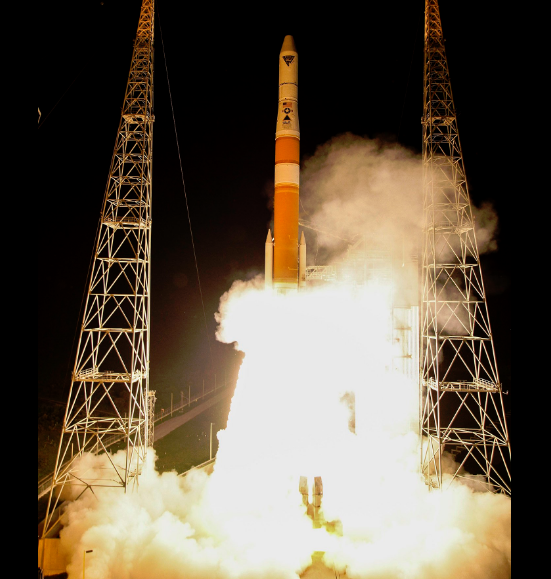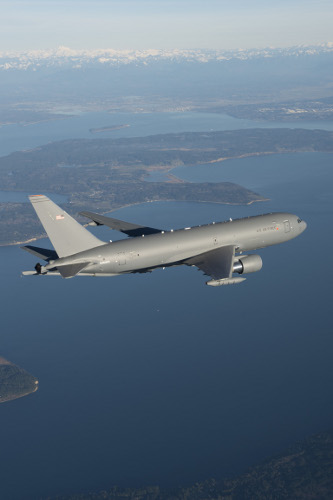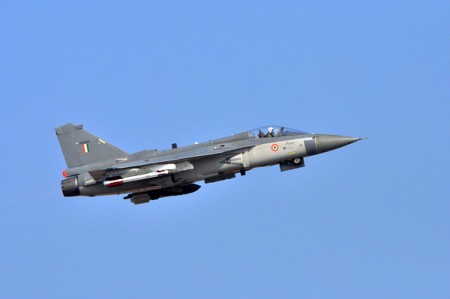
ULA's Delta IV rocket, carrying out the AFSPC-6 mission for the US Air Force, lifts off from Space Launch Complex (SLC)-37 at Cape Canaveral Air Force Station, Florida. Photo: United Launch Alliance.
FLORIDA (BNS): United Launch Alliance (ULA) has launched a Delta IV Medium+ (4,2) configuration rocket on Friday, carrying out the AFSPC-6 (Air Force Space Command 6) mission for the US Air Force, from Space Launch Complex (SLC)-37 at Cape Canaveral Air Force Station, Florida.
AFSPC-6 will deliver two Geosynchronous Space Situational Awareness Program (GSSAP) satellites to near-geo¬synchronous orbit. The twin GSSAP spacecraft, built by Orbital ATK, will support US Strategic Command space enhanced awareness operations, as a dedicated Space Surveillance Network (SSN) sensor, GSSAP satellites will support Joint Functional Component Command for Space (JFCC SPACE) tasking to collect space situational awareness data allowing for more accurate tracking and characterization of man-made orbiting objects, as reported by ULA.
Data from GSSAP will uniquely contribute to timely and accurate orbital predictions, enhancing our knowledge of the geosynchronous orbit environment, and further enabling space flight safety to include satellite collision avoidance.
GSSAP satellites will communicate information through the world wide Air Force Satellite Control Network (AFSCN) ground stations, then to Schriever Air Force Base, CO where 50th Space Wing satellite operators of the 1st Space Operations Squadron (1 SOPS) will oversee day-to-day operations.
AFSPC-6 marks ULA's 110th mission since the company was founded in 2006 and the seventh ULA launch of 2016. Two GSSAP satellites were previously launched aboard a ULA Delta IV Medium+ (4,2) rocket from CCAFS on July 28, 2014.
 Previous Article
Previous Article Next Article
Next Article












The Indian Air Force, in its flight trials evaluation report submitted before the Defence Ministry l..
view articleAn insight into the Medium Multi-Role Combat Aircraft competition...
view articleSky enthusiasts can now spot the International Space Station (ISS) commanded by Indian-American astr..
view article